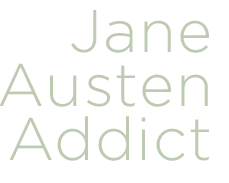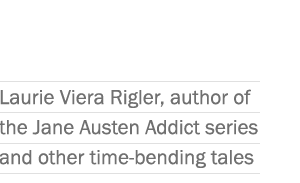On Twitter, someone asked for book recommendations for Austen fans, and what came to mind was not a continuation, a sequel, or an inspired-by. It was JULIET, NAKED by Nick Hornby.
Nick Hornby is my idea of a contemporary Jane Austen. So is Zadie Smith, particularly her novel ON BEAUTY. Both authors make profound observations of human nature, give us romance without sentimentality, have a divine sense of humor, and are simply master storytellers. In my writing workshops I inevitably read passages from both Hornby and Smith. 
For me, Hornby’s JULIET, NAKED brought to mind some of the online discussions that occur amongst Austen’s most devoted readers. A central premise of the book is that no matter how much the admirers of an artist’s work examine that work, study it, parse it for meaning, and become “experts,” they can never acquire irrefutable proof that the creator felt a certain way or had a particular type of experience at the time she created it. Bottom line is that it’s nothing more than speculation. And speculation is often wrong. (more…)



 Jane Austen’s father, George Austen has many connections to the city of Bath.
Jane Austen’s father, George Austen has many connections to the city of Bath.
